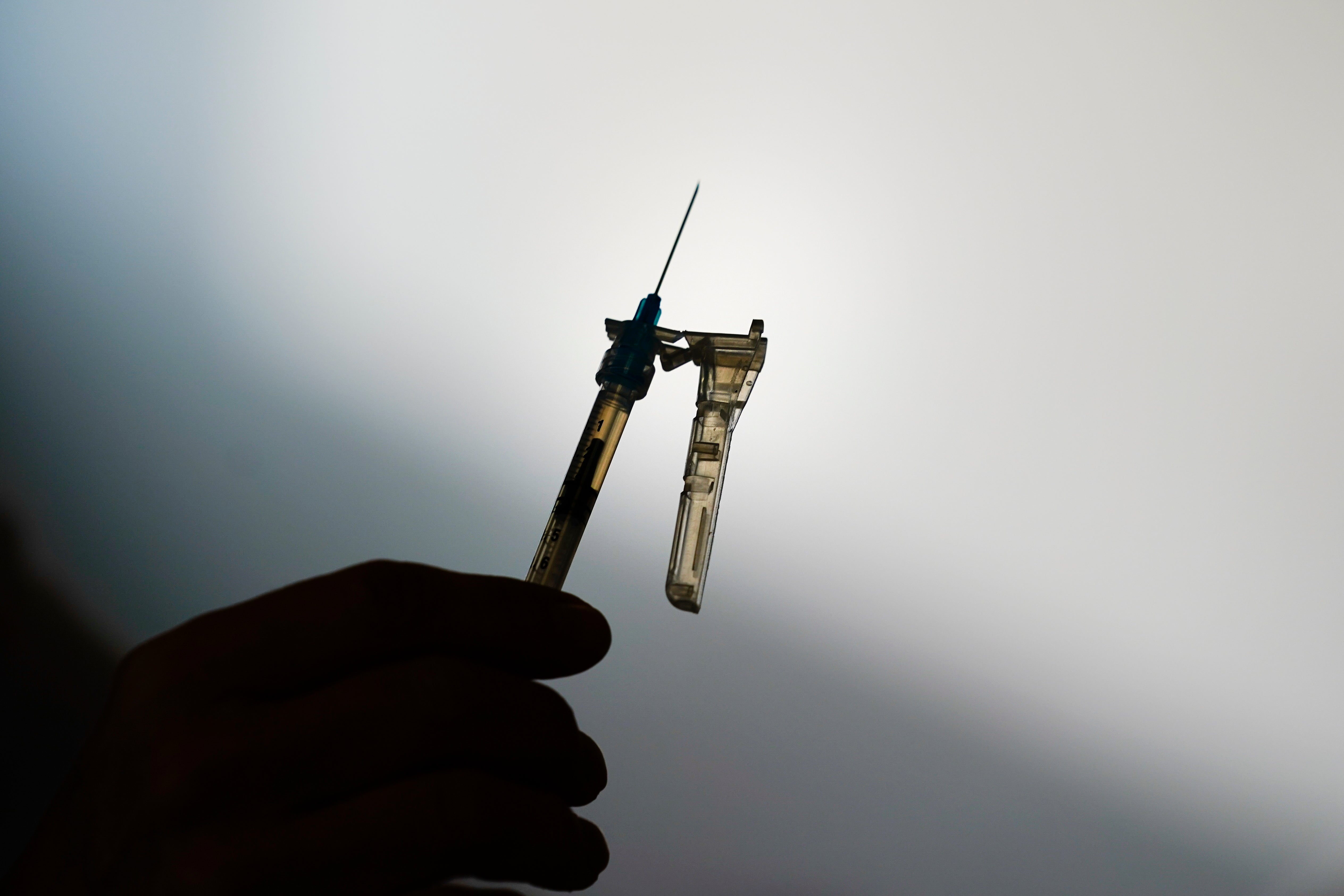EPA acts, finding cancer risk from sterilization chemical
The Environmental Protection Agency proposed Tuesday to limit the use of the chemical ethylene oxide after finding higher than expected cancer risk at facilities that use it to sterilize billions of medical devices each year

Your support helps us to tell the story
From reproductive rights to climate change to Big Tech, The Independent is on the ground when the story is developing. Whether it's investigating the financials of Elon Musk's pro-Trump PAC or producing our latest documentary, 'The A Word', which shines a light on the American women fighting for reproductive rights, we know how important it is to parse out the facts from the messaging.
At such a critical moment in US history, we need reporters on the ground. Your donation allows us to keep sending journalists to speak to both sides of the story.
The Independent is trusted by Americans across the entire political spectrum. And unlike many other quality news outlets, we choose not to lock Americans out of our reporting and analysis with paywalls. We believe quality journalism should be available to everyone, paid for by those who can afford it.
Your support makes all the difference.The Environmental Protection Agency proposed Tuesday to limit the use of the chemical ethylene oxide after finding higher than expected cancer risk at facilities that use it to sterilize billions of medical devices each year.
The EPA says its proposal will reduce ethylene oxide emissions from 86 medical sterilization facilities across the United States by roughly 80%. The companies will also have to measure the antimicrobial chemical in the air.
“EPA’s number one priority is protecting people’s health and safety,” EPA Administrator Michael Regan said in a statement. “Together they would significantly reduce worker and community exposure to harmful levels of ethylene oxide.”
But Darya Minovi, a senior research analyst with the Union of Concerned Scientists, called the action overdue by “almost a decade” and said it should have gone further to require monitoring at a facility’s property line so that people can know what is entering their neighborhoods.
“I’m relieved and pleased that the EPA has finally issued proposed standards that are based on their own scientists’ recommendations on an updated, higher cancer risk value,” said Minovi in a statement.
The tightened safeguards are driven by a better understanding by EPA that ethylene oxide’s threat is severe. The chemical is classified as a pesticide. A medical sterilization worker could see their lifetime risk shoot up by as much as one extra case of cancer for every ten people exposed. The EPA’s generally acceptable increase in lifetime cancer risk from a single compound is 1 in 10,000.
Ethylene oxide is a gas used to sterilize roughly half of all medical devices and is also used to ensure the safety of certain spices and other food products. Brief exposure isn't considered a danger, but breathing it long-term can elevate the risk of breast cancer and lymphoma, according to the agency.
The proposal follows the EPA’s announcement last week to cut emissions from chemical plants in general, to reduce cancer risk. In part, that rule targeted manufactures of ethylene oxide. Tuesday’s proposal targets those who use it.
The EPA said many facilities have already sharply reduced emissions, but those that haven't will now have to meet stricter requirements.
Scott Whitaker, president and CEO of Advanced Medical Technology Association, said that medical sterilizers provide a vital service and that many devices “cannot be sterilized by another method.” He said the EPA’s risk assessment overstates the threat employees face and the protections they are already provided.
He added that these facilities are already at capacity and the industry can’t afford shutdowns. The 18-month timeframe for installing technology to reduce emissions after the final rule is issued is “much too short.”
“It could take many months for abatement equipment to arrive. Supply chains and manufacturing are still recovering from the pandemic,” Whitaker said in a statement.
The agency is proposing two rules, one targeting emissions and another focused on worker safety. The emissions reductions aim to bring cancer risk within the EPA's generally acceptable level. Medical sterilizers would also need to continuously monitor air pollution to make sure controls function properly.
The EPA also wants to require protective gear for people who work with ethylene oxide, and says some workplaces, including museums, should stop using it altogether because safer alternatives exist.
In recent years, concern over emissions from medical sterilizers has grown sharply. Sterigenics shuttered a medical sterilization plant in a Chicago Suburb after monitoring found emissions spikes in nearby neighborhoods and settled numerous lawsuits.
___
The Associated Press receives support from the Walton Family Foundation for coverage of water and environmental policy. The AP is solely responsible for all content. For all of AP’s environmental coverage, visit https://apnews.com/hub/climate-and-environment